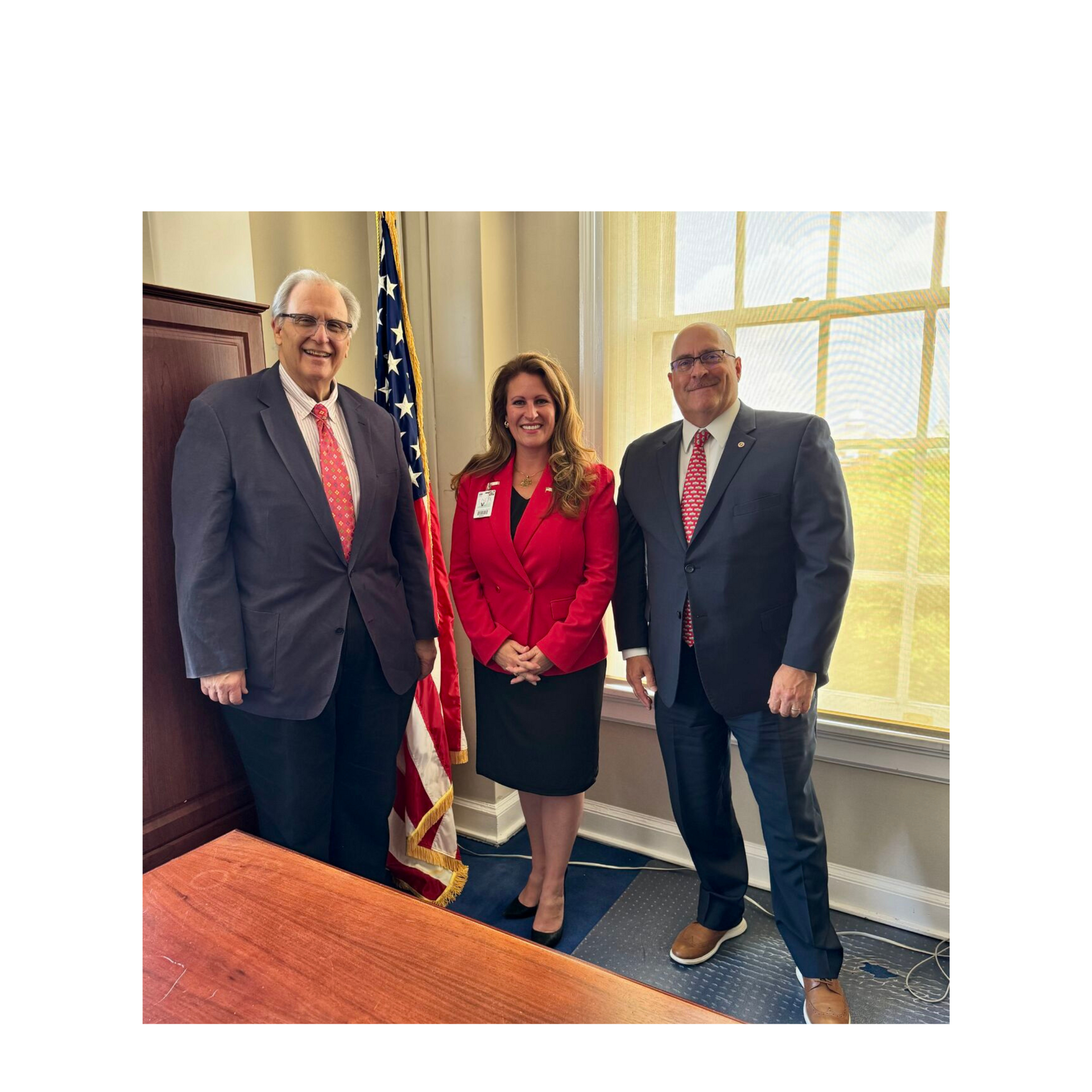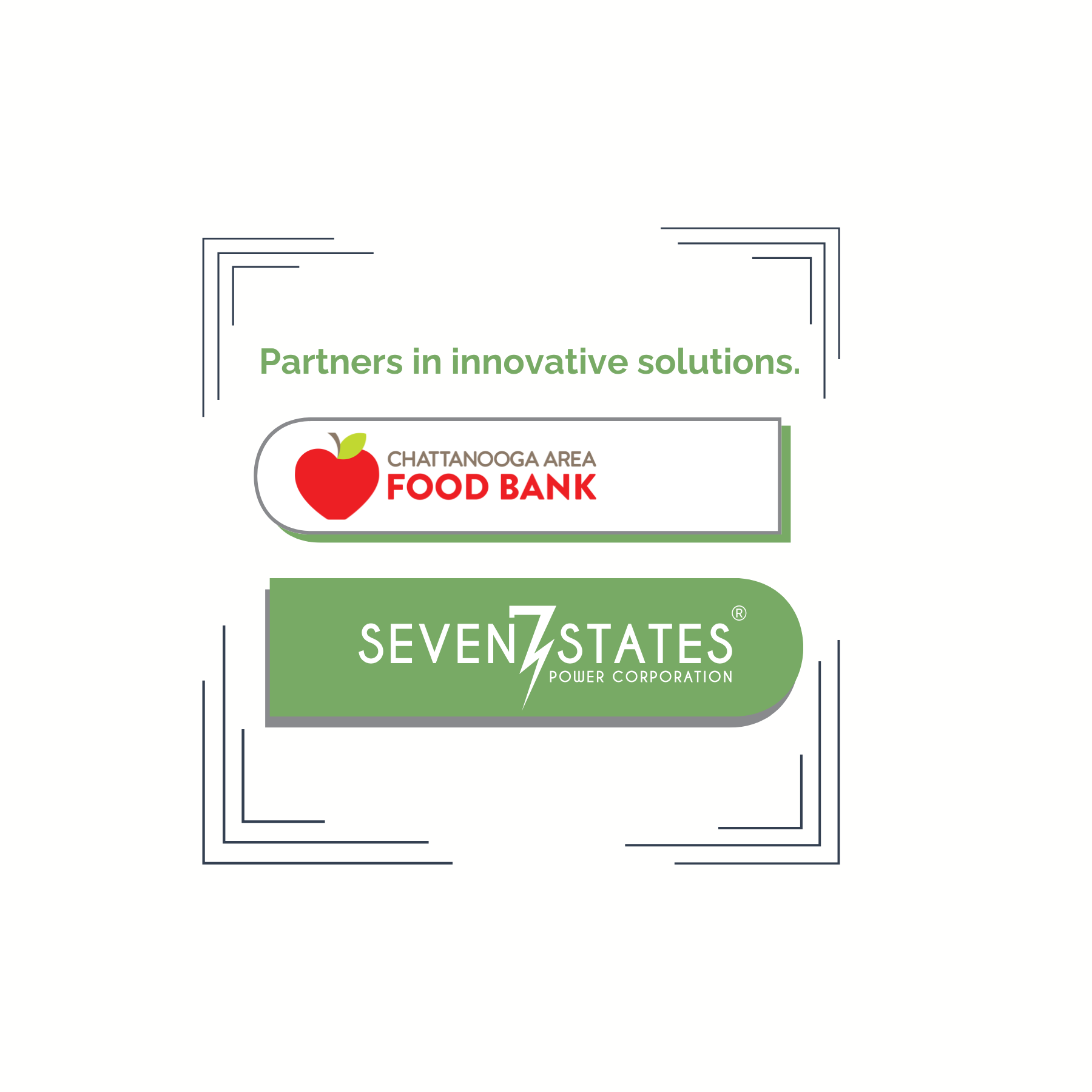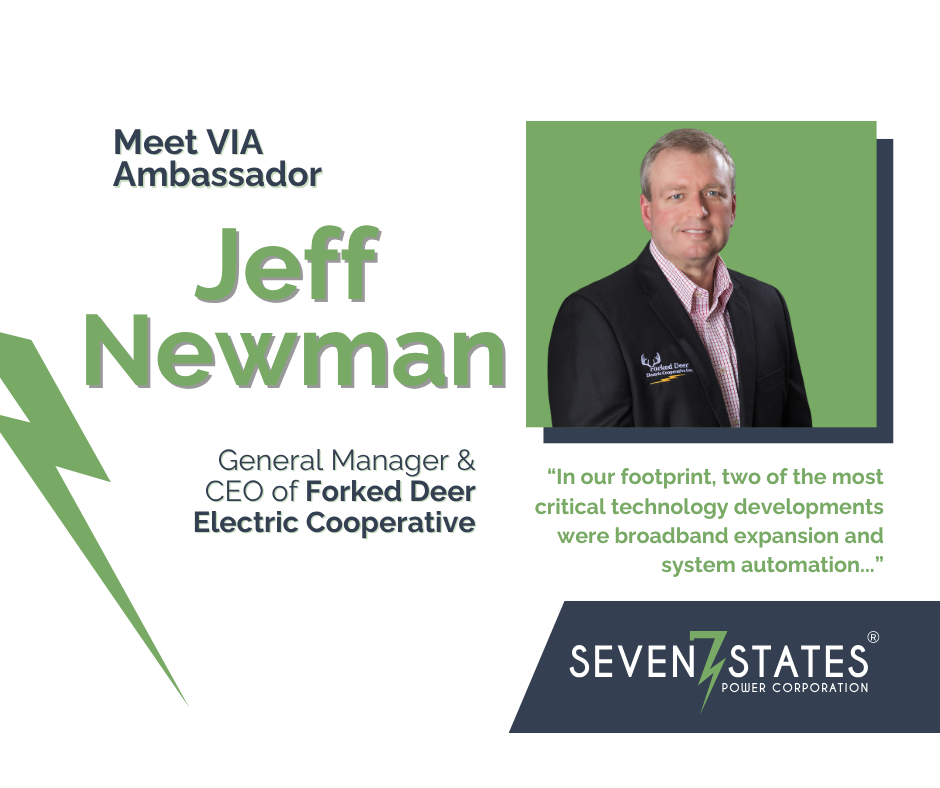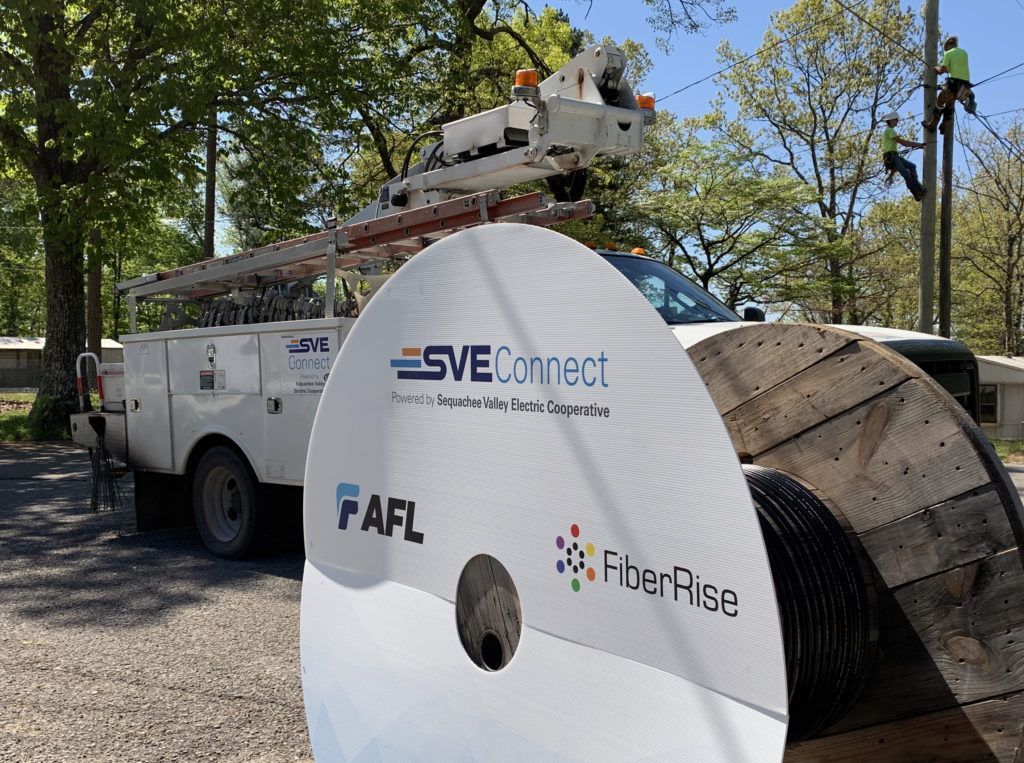
Eighty years ago, Sequachee Valley Electric Cooperative improved the lives of residents in the Sequatchie Valley by bringing electricity to their communities. Today, SVEC continues to meet the essential service needs of the communities it serves and exceed expectations with the introduction of SVEConnect, the co-op’s high-speed triple play Internet, television and phone service.
“In real estate, it’s all about location,” said Mike Partin, President and CEO of SVEC, “but in our business it’s all about relationships. Our customers know they can depend on us to deliver reliable electricity service, so it was on us to find the right partners we could depend on to help us deliver a dependable, high-speed broadband product to our customer.”
Due to the proximity of their communities, Partin and the SVEC team were familiar with Chattanooga EPB and the gig-speed Internet and cable TV service they’ve provided to the city of Chattanooga and surrounding areas since 2010. The availability of middle mile fiber connectivity linking Chattanooga and the Sequatchie Valley paired with Chattanooga EPB’s reputation for consistently reliable service made them an optimal choice to partner with as a provider for SVEC’s new service according to Partin.
SVEC chose to first roll the product out to businesses and industry in parts of their service area that already had access to Internet service from other providers, knowing that they could leverage their existing relationships with these customers who already trust SVEC as their electricity provider. They further utilized federal and state grants from the Appalachian Regional Commission to extend the project into underserved rural residential areas and currently serve approximately 35% of their existing customer base.
“The value of bringing high-speed Internet service to rural areas in the Tennessee Valley cannot be overstated. What we call middle mile connectivity – fiber linking community to community – can change lives by providing everyone, no matter where they live, with access to education, remote work opportunities, telehealth options, and connections to the larger world. Projects like this one bringing broadband from Chattanooga to the Sequatchie Valley will become increasingly common as we continue to build out this type of fiber network,” says Betsey Kirk McCall, executive vice president of Seven States Power Corporation.
Partin has advice for other co-ops that might be looking to get into the Internet business. First, he says to choose dependable partners who share the same values. When building out the telephone service portion of their triple play option, Partin identified telecom veterans who shared the same customer-focused vision that has become a hallmark of SVEC’s brand and recruited them to help lead that team. Next, he says to be reasonable about expectations for the new business line. Although SVEC routinely achieves 90% customer satisfaction, they set their initial take-rate goal at just 30% of their existing customer base. Finally, he offers a reminder not to scrimp on marketing your new product. Electricity sells itself, but “you can’t build a $30M broadband network and think you can spend $500 on advertising it.’
